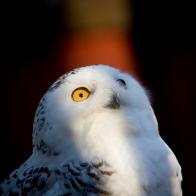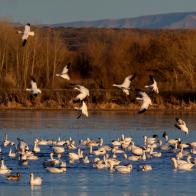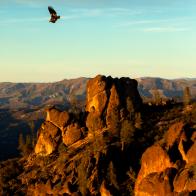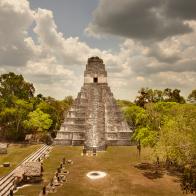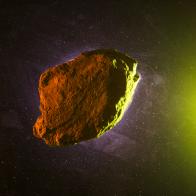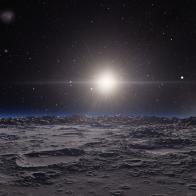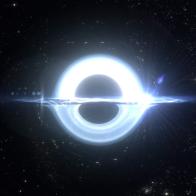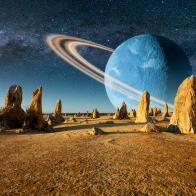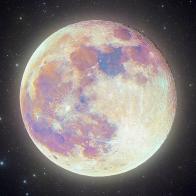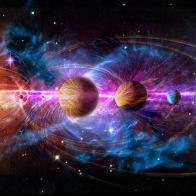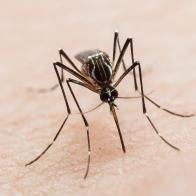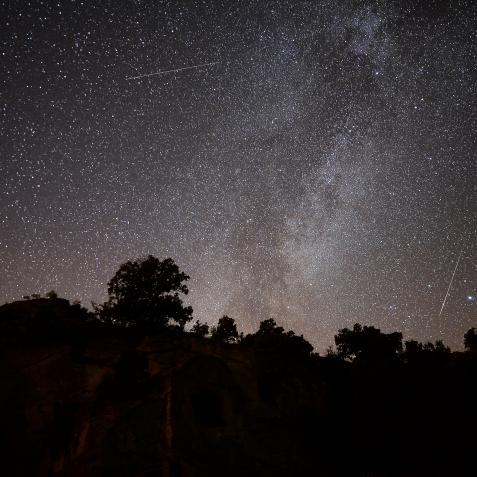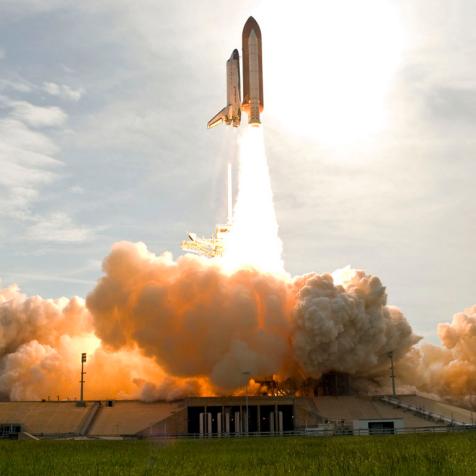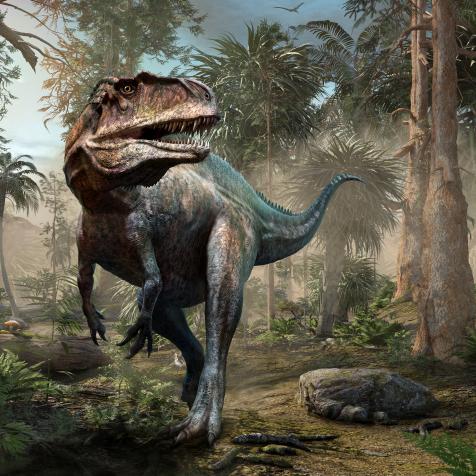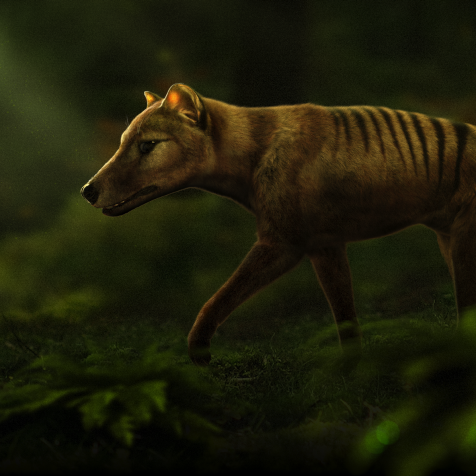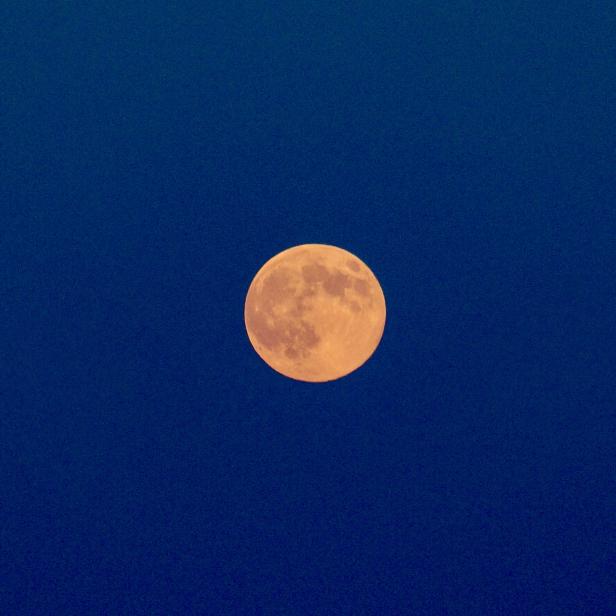
photo by dasar
The Last Supermoon of the Year and How to See It
The Super Flower Moon of May is this year's last supermoon, when the Moon appears slightly larger and brighter in the sky because it is somewhat closer to Earth. Here's everything you need to know and how to watch it from home.
Lowell Observatory astronomer Dr.Larry Wasserman answers some big questions about supermoons leading up to Wednesday night's Flower Supermoon.
What is a Supermoon?
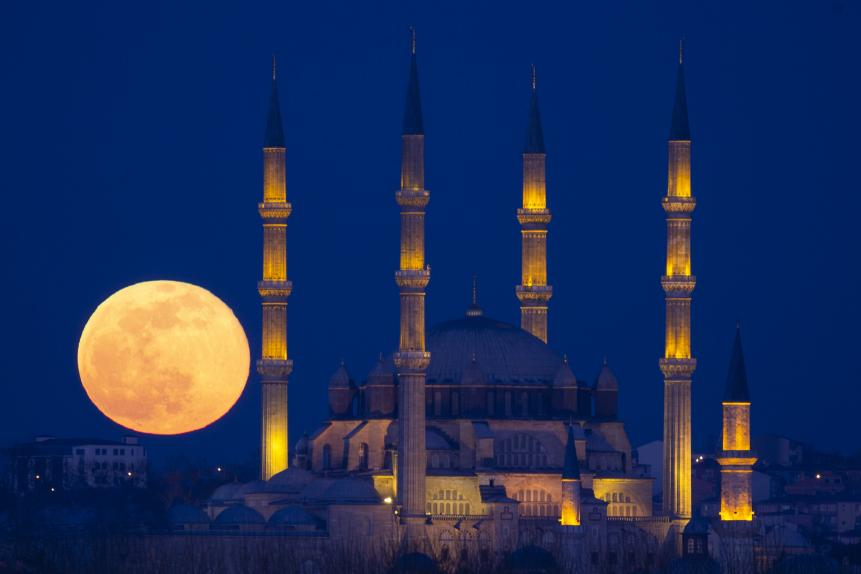
Anadolu Agency
The term supermoon is NOT an astronomical term. In fact, it was invented by astrologer Richard Nolle. As a result, the decision of when a full moon is a supermoon is not mathematically precise.
A supermoon is a full moon which occurs near perigee (the moon's closest approach to earth in its elliptical orbit). There is no fixed definition of how close to the actual perigee "near" is. It's usually defined as within 10%. Because the time between successive full moons and the time between successive perigees is not the same, the full moon occurs at or very near perigee every 14 full moons. If the full moon in a given month is closest to perigee, than the full moon the month before and the month after will be close enough to meet the (arbitrary) 10% criterion. Thus, supermoons usually occur in groups of three successive full moons.
Why Super?
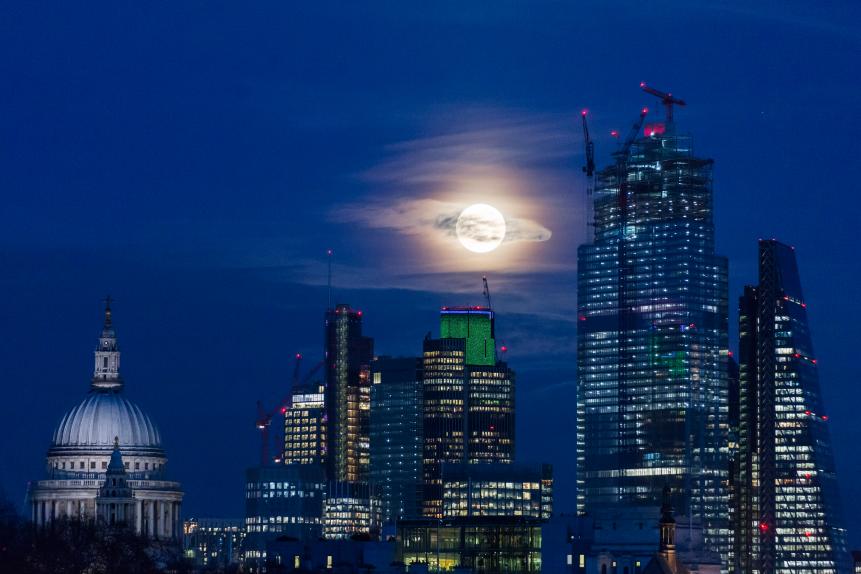
NurPhoto
Note that "super" is a bit of an exaggeration. A typical supermoon is 14% bigger in diameter and 30% brighter than a typical non-supermoon. But, while this might be noticed if both moons were in the sky at the same time, most people will not notice the difference between a supermoon this month and a non-supermoon a few months ago. So, without the hype made about the topic in the media, most people would never be aware of the phenomenon.
Finally, Are All Moons Super?
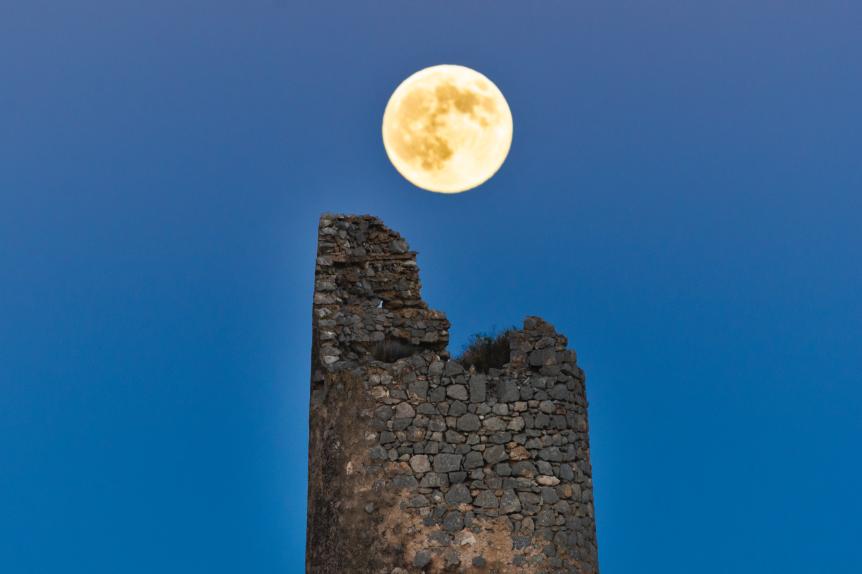
Manuel Breva Colmeiro
A supermoon should not be confused with the well-known optical illusion that occurs with every full moon. When a full moon is close to the horizon it appears larger to the eye that it does when it is higher in the sky.
How to Watch the Final Supermoon of 2020
Join Lowell Observatory on Wednesday, May 6 at 6:30P AZ/PT for a live stream of this last supermoon of 2020. Moonrise is at 6:41pm PT in Flagstaff, Arizona. They will also identify Apollo moon landing sites and other features visible on the Moon.





















